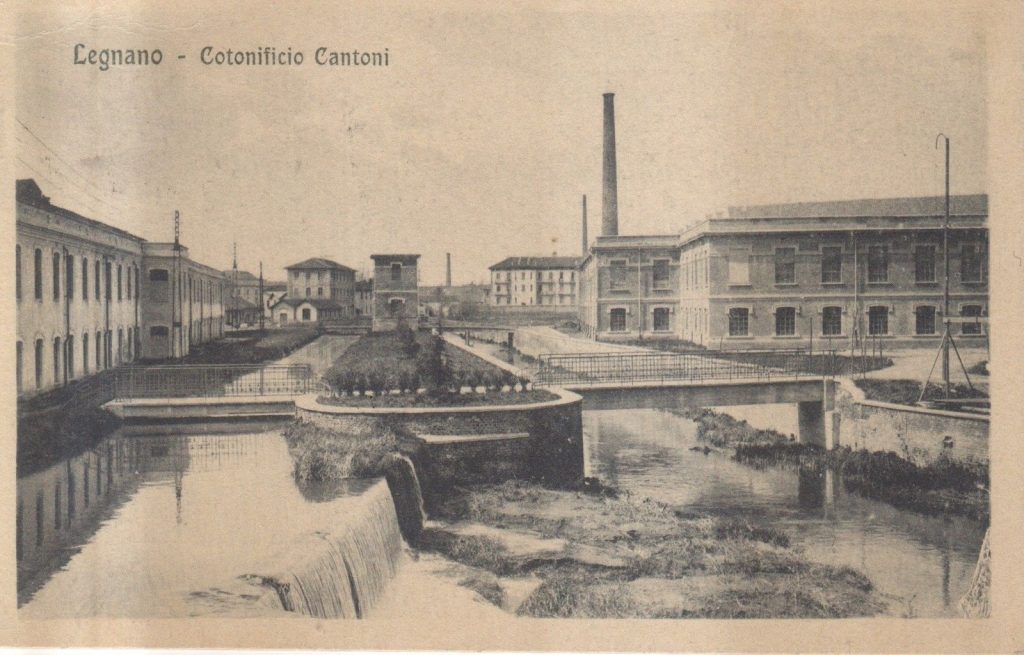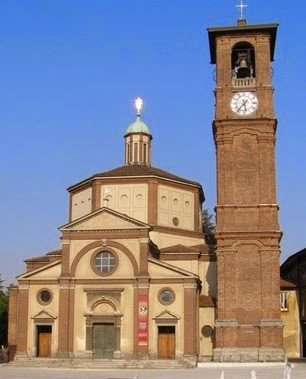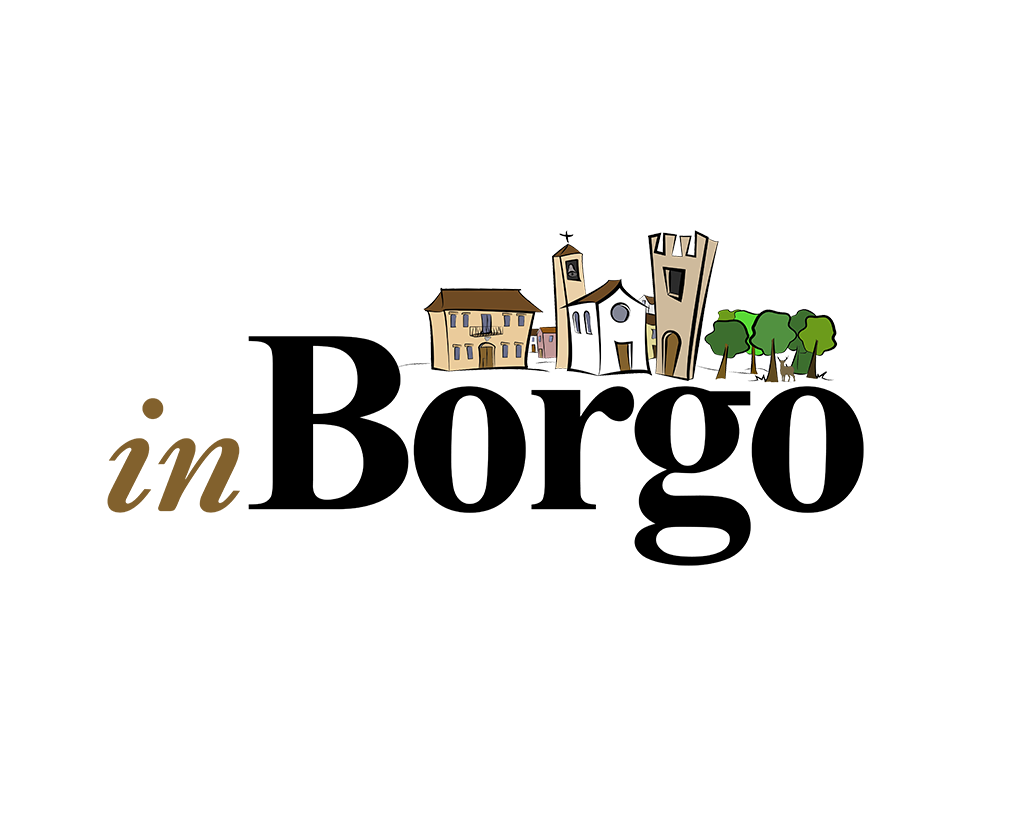Le prime tracce di abitati in questa città risalgono a 1000 anni A.C. Il fiume Olona era una fonte di acqua importante e le colline adiacenti erano luoghi scelti dai primi Legnanesi per dimorarvi, anche per evitare i continui allagamenti che so provocava. Ora il fiume è incanalato con barriere in cemento proprio per ridurre questi eventi. Di epoca romana sono delle monete, specchi e suppellettili varie, rinvenute in una necropoli romana nella parte ad est della città. Questi e altri oggetti rinvenuti sono visibili presso il museo civico Sutermeister. In epoca medievale la città era divisa in due parti : Legnano e Legnanello.
In questo periodo Legnano fu il centro di una famosissima battaglia (che porta il suo nome) dovuto alle mire espansionistiche di Federico Barbarossa. Le città della zona, all’epoca divise, si unirono nella cosiddetta Lega Lombarda, presieduta da Papa Alessandro III, e sconfissero il Barbarossa. Ogni anno, nell’ultima domenica di Maggio, viene celebrata una rievocazione.
The first traces of settlements in this city date back to 1000 years BC. The Olona river was an important source of water and the adjacent hills were places chosen by the first Legnanese to live there, also to avoid the continuous flooding it caused. Now the river is channeled with concrete barriers to reduce these events. Of the Roman period are coins, mirrors and various furnishings, found in a Roman necropolis in the eastern part of the city. These and other objects found are visible at the Sutermeister civic museum. In medieval times the city was divided into two parts: Legnano and Legnanello.
In this period Legnano was the center of a very famous battle (which bears his name) due to the expansionist aims of Federico Barbarossa. The cities of the area, divided at the time, united in the so-called Lombard League, presided over by Pope Alexander III, and defeated Barbarossa. Every year, on the last Sunday of May, a re-enactment is celebrated.

Tantissime le famiglie nobili visero in questo luogo nel periodo rinascimentale passato a Borgo in quanto città fortificata con un mercato.
Nel secolo XVIII e XIX da notare la costruzione di moltissimi mulini ad acqua. Se ne contavano ben 17. Importante nel periodo Napoleonico fu il miglioramento della strada che portava da Milano a Parigi. Questo fatto fece accrescere l’importanza strategica di Legnano che si trovava appunto lungo questo percorso.
La lavorazione della lana, già storicamente presente dal 1300, divenne punto vitale per l’economia locale quando il Cotonificio Cantoni aprì i battenti nel 1830. Un particolare dei suoi abitanti in prevalenza contadini, fu che per aumentare il reddito, vista la pochezza del guadagno con il lavoro della sola terra, la sera si dedicavano alla lavorazione manifatturiera. Questo incise moltissimo sulla industrializzazione della città.
Many noble families lived in this place in the Renaissance period that passed to Borgo as a fortified city with a market.
In the eighteenth and nineteenth centuries, the construction of many water mills should be noted. There were 17 of them. Important in the Napoleonic period was the improvement of the road that led from Milan to Paris. This fact increased the strategic importance of Legnano which was located along this route.
The processing of wool, already historically present since 1300, became a vital point for the local economy when the Cantoni Cotton Mill opened its doors in 1830. A particular of its inhabitants, mainly peasants, was that to increase income, given the low earnings with the work of the land alone, in the evening they dedicated themselves to manufacturing. This greatly affected the industrialization of the city.

Il monumento principale della città è la sua fortezza. Costruita sopra un convento di Agostiniani. All’interno compare una chiesa dedicata al San Giorgio del XIII secolo. Fu proprietà dei Visconti e in seguito, una volta in possesso di Oldrado Lampugnani, la fortificò costruendo torri e mura includendo anche un fossato.
Altri edifici rilevanti sono il Museo civico citato sopra di Guido Sutermeister. Altri luoghi sono il Palazzo Leone da Perego e il palazzo Malinverni ( ora sede del comune). Unico edificio presente a Legnano del 400 è la Torre Colombera, Edifici religiosi rilevanti sono la Basilica di San Magno, patrono della città, del XVI secolo, La chiesa di Sant’Ambrogio(la più antica della città del 1389), La chiesa di San Bernardino è stata invece consacrata nel 1580. La chiesa del Santissimo Redentore(sopra potete vedere la video guida), la parrocchia di San Domenico e la chiesa della natività della beata vergine Maria, sono altre chiese interessanti delle tantissime presenti in città. Un particolare che riguarda un monumento posto al centro della città : il guerriero di legno, viene spesso confuso con Alberto da Giussano.
The main monument of the city is its fortress. Built over an Augustinian convent. Inside there is a church dedicated to San Giorgio from the 13th century. It was owned by the Visconti and later, once in the possession of Oldrado Lampugnani, they fortified it by building towers and walls including a moat.
Other relevant buildings are the aforementioned Civic Museum by Guido Sutermeister. Other places are Palazzo Leone da Perego and Palazzo Malinverni (now the seat of the municipality). The only building present in Legnano from the 15th century is the Colombera Tower. Relevant religious buildings are the Basilica of San Magno, patron saint of the city, from the 16th century, The church of Sant’Ambrogio (the oldest in the city from 1389), The church of San Bernardino was instead consecrated in 1580. The church of the Santissimo Redentore (above you can see the video guide), the parish of San Domenico and the church of the nativity of the blessed virgin Mary, are other interesting churches of the many present in the city. A detail concerning a monument placed in the center of the city: the wooden warrior, is often confused with Alberto da Giussano.

Comune di Legnano
Piazza San Magno, 9 – 20025
Tel. 0331/471111
